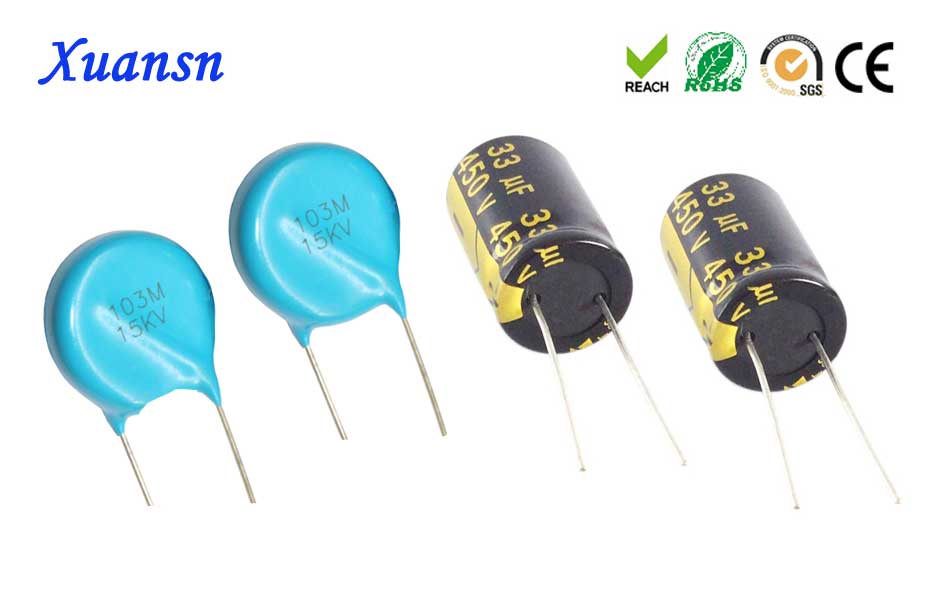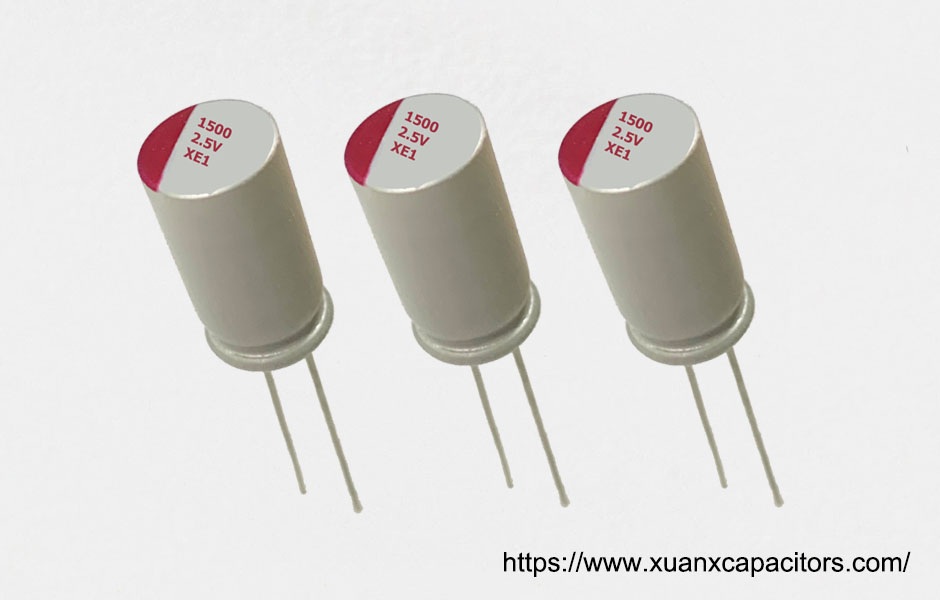The principle of ceramic capacitor and electrolytic capacitor
The electrolytic capacitor is a metal foil with a positive electrode (aluminum or tantalum), an oxide film (aluminum oxide or tantalum pentoxide) that is in close contact with the positive electrode is a dielectric, the cathode is made of a conductive material, an electrolyte (the electrolyte can be a liquid or a solid), and the like. The materials are composed together, and since the electrolyte is the main part of the cathode, the electrolytic capacitor is named after it. At the same time, the electrolytic capacitors are not connected correctly. Aluminum electrolytic capacitors can be divided into four categories: lead-type aluminum electrolytic capacitors; horn-type aluminum electrolytic capacitors; bolt-type aluminum electrolytic capacitors; solid aluminum electrolytic capacitors.
Ceramic capacitors are also known as ceramic capacitors or monolithic capacitors. As the name suggests, is a ceramic capacitor dielectric material is a ceramic capacitor. Depending on the ceramic material, this capacitor can be divided into low-frequency ceramic capacitors with a capacity of 1 to 300 pF and high-frequency ceramic capacitors with a capacity of 300 to 22 000 pF. Classified according to the structure, it can be divided into picture capacitors, tubular capacitors, rectangular capacitors, chip capacitors, feedthrough capacitors and so on.

The differences between ceramic capacitor and electrolytic capacitor are:
- The electrolytic capacitor has large capacity, polarity, and large equivalent series inductance; the ceramic capacitor has small capacity, no polarity, and the equivalent series inductance is small.
- The low-frequency characteristics of electrolytic capacitors are good, and they are mostly used in low-frequency circuits. The high-frequency characteristics of ceramic capacitors are good, and they are mostly used in high-frequency circuits.
- Electrolytic capacitors can filter out low-frequency ripple, so they can be used as low-pass filtering. Ceramic capacitors can filter high-frequency ripple, so they can be used as high-pass filtering.
- Electrolytic capacitors cannot be used in pure AC power circuits; ceramic capacitors can be used in pure AC circuits.
- Ceramic capacitors are used as loop capacitors and pad capacitors in high-stability oscillator circuits for filtering, decoupling, and signal coupling.




